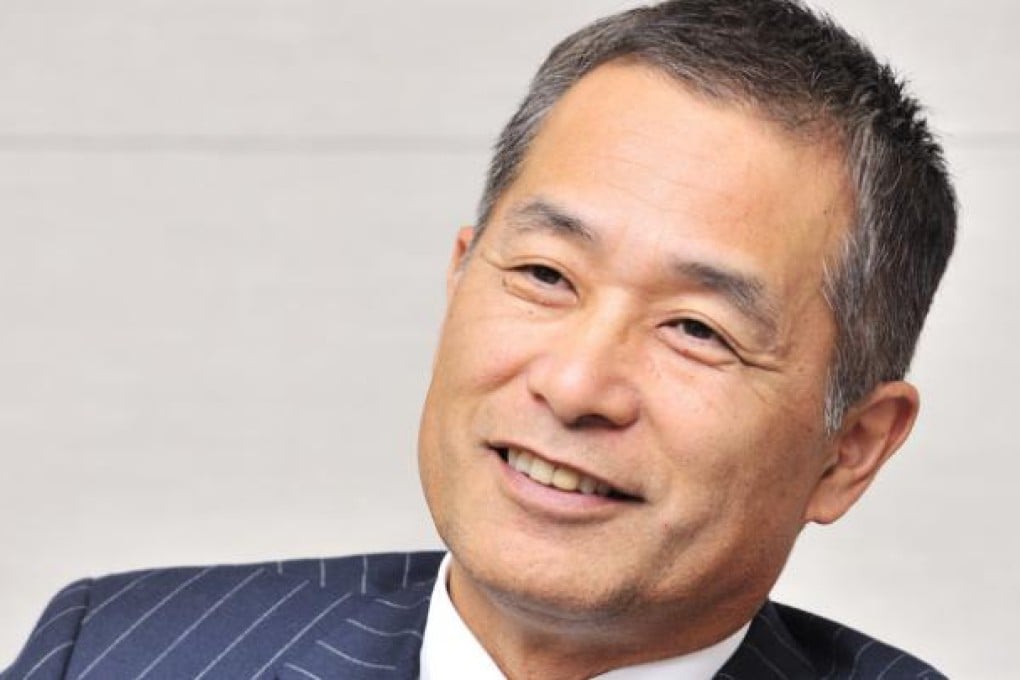JSR succeeds through diversification
Discovery Reports

Every difficulty is just another opportunity to pursue greater possibilities.
With this philosophy and an attitude encapsulated by its corporate mission, "Materials Innovation", petro and fine chemicals expert JSR Corporation has formulated a winning strategy that targets annual revenues of US$6.25 billion - and more.
Coming a long way since it was founded by the Japanese government in 1957 as Japan Synthetic Rubber, JSR has expanded into emulsions, plastics and other related businesses.
It has also tapped into the semiconductor, liquid crystal display (LCD) and optical materials fields, leveraging its proprietary polymer technologies.
"We have become successful through a combination of the right mindset, timely investments and strategic positioning," says JSR president Nobu Koshiba.
When the petrochemical sector matured and slowed down in the mid-1980s, JSR diversified into fine chemicals used in semiconductor circuits for the then emerging digital industry. The company decided to expand overseas at the same time, enabling JSR to improve its position as a global player.
"The challenges we faced pushed us to compete aggressively," Koshiba says. "Our customers motivated us to develop more and better products, and together we pursued the global market."
JSR reinvests about 6 per cent of its total annual revenues in research and development (R&D). It conducts R&D mainly in Japan, but is gradually moving its product development activities closer to its markets. JSR opened R&D centres in South Korea and Taiwan last year specialising in LCD materials. These new facilities are part of JSR's efforts to proactively provide support to customers, including those on the mainland where demand is rising.
"Digital technologies are becoming more of a commodity and are shifting towards Asia," Koshiba says. "Once again, we find ourselves refocusing on niche areas where we can differentiate ourselves and gain a competitive advantage, such as analogue material technologies."
In line with its 2020 vision, JSR will intensify its focus on precision materials and processing, environment and energy and biomedical materials while maintaining core strengths in petrochemicals and information and electronic materials.
Anticipating a surge in rubber demand brought by the flourishing automotive sector, JSR has established a joint venture in Thailand. It is also building a factory in the country for a speciality rubber for use in fuel-efficient tyres called solution polymerisation styrene butadiene rubber (S-SBR) with an annual capacity of up to 100,000 tonnes. Considering further expansion for its rubber line, JSR is seeking other production partners globally.
The company emphasises sustainable growth as a part of its social responsibility through its corporate mission, which aims to create value and enrich people, the society and the environment through materials innovation.
"We are conscious of safety, the environment and fair business practices," Koshiba says. "JSR is building a strong reputation as a company that is dependable in terms of materials technologies and also cares about the world and our local communities."
This direction is exemplified in JSR's newer products such as energy-dense supercapacitors. Suitable for use in heavy equipment, the supercapacitors optimise energy efficiency, safety and reliability.
JSR targets to market its supercapacitors in North America, where it is also advancing its life science technologies. Its life science technologies include proprietary micro particle and polymer-based products for diagnostic and biotechnology applications, which JSR foresees as the future of medicine not only in North America but globally.
"We are striving for product and regional diversification. While there will be a natural growth in the Asian market, we are also aggressively exploring the North American and the European regions," Koshiba says. "We are responding to the migration of the market by also migrating our technologies to where customers are."
http://www.jsr.co.jp/jsr_e/